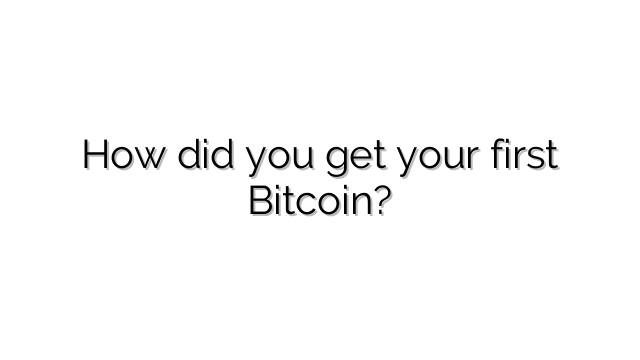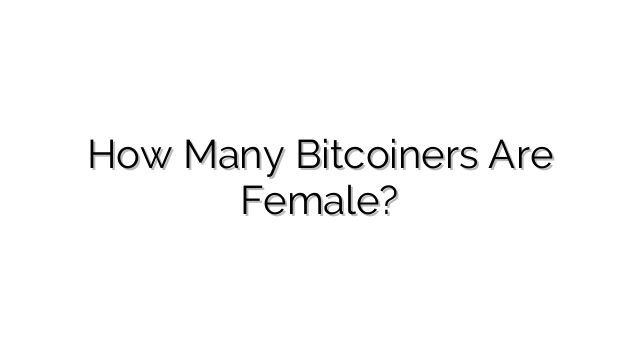Who Is Satoshi Nakamoto? Popular Theories Explained
Satoshi Nakamoto—the pseudonymous creator of Bitcoin—published the white paper in 2008 and released the first
software in 2009. By 2011, Satoshi had stepped back. Their identity has never been confirmed. This poll collects
community sentiment on the most-cited theories. Everything below is public speculation—no claim of fact.
What would the real Satoshi likely look like?
- Technical fit: Deep understanding of cryptography, distributed systems, and economic incentives.
- Writing voice: Satoshi’s emails/posts use clear, concise English with a consistent tone.
- Timeline & access: Active around 2008–2011, aware of prior work like Hashcash and b-money.
- Privacy pattern: Strong OPSEC and a preference to avoid fame.
Candidates often discussed
Hal Finney
Early cypherpunk, first public recipient of a Bitcoin transaction, and a contributor to the codebase.
For: Proximity to the project, overlapping skills, and compatible writing style.
Against: Finney denied being Satoshi and shared emails with Satoshi as a separate person.
Nick Szabo
Computer scientist who wrote about bit gold before Bitcoin; coined the term “smart contracts.”
For: Conceptual overlap with Bitcoin’s monetary design.
Against: Szabo denies being Satoshi; technical details differ from bit gold.
Adam Back
Cryptographer behind Hashcash, referenced in the Bitcoin white paper.
For: Technical fit and timeline.
Against: Back denies being Satoshi; style and activity patterns do not conclusively match.
Wei Dai
Creator of b-money, an important precursor cited by Satoshi.
For: Clear influence on Bitcoin’s design.
Against: Dai has said he is not Satoshi and learned about Bitcoin from others.
Len Sassaman
Noted privacy researcher and cypherpunk.
For: Skills and community ties.
Against: No direct evidence; remains a community theory.
Gavin Andresen
Early lead maintainer who corresponded with Satoshi in 2010–2011.
For: Deep involvement.
Against: Timeline shows Gavin receiving access from Satoshi, not originating the project.
Dorian Nakamoto
California engineer mistakenly identified by a magazine due to the surname.
For: Name coincidence only.
Against: He has repeatedly denied any connection.
Paul Le Roux (speculation)
A controversial figure sometimes mentioned in rumors due to technical background and timelines.
Note: Highly speculative; no verifiable link.
Craig Wright
Australian computer scientist who has claimed to be Satoshi.
For: Self-assertion and court publicity.
Against: The broader Bitcoin community has not accepted the claim; cryptographic proof has not been provided.
Peter Todd
Bitcoin developer known for protocol work.
For: Technical ability.
Against: No credible evidence; Peter denies being Satoshi.
Jack Dorsey
Entrepreneur and Bitcoin advocate.
For: Influence in payments.
Against: No substantive link to Satoshi’s authorship.
A group or more than one person
Some believe Satoshi might have been a small team—explaining the blend of cryptography, coding, and economics.
What matters either way
- Open-source verification: Bitcoin’s rules are enforced by nodes, not by identity or authority.
- Decentralization: The project’s resilience comes from many independent participants.
- Privacy: Satoshi’s anonymity reinforces the idea that Bitcoin is bigger than any one person.
Cast your vote above and share the poll. The more responses, the clearer our snapshot of community opinion.
Have another theory? Suggest additional names in the comments below. Please keep it serious and provide a short reason (e.g., timeline, prior work, writing style).




